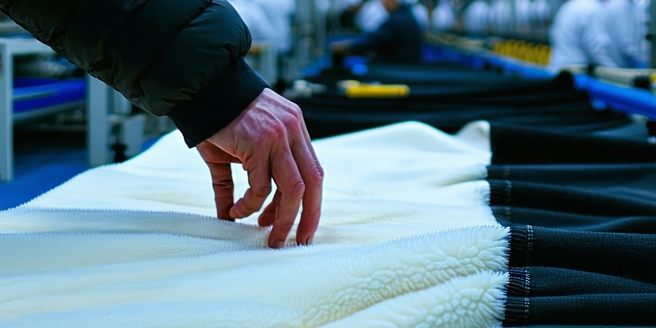
Warming Fabrics: How Brands are Innovating with Textiles
Brands are pushing the envelope by developing warming fabrics that blend insulation with style. Advanced textiles use materials such as wool blends combined with cutting-edge technology like microcapsules filled with phase-change materials that store and release heat. Companies are designing garments that are not only warm but also breathable, ensuring comfort. Additionally, these innovations cater to the growing demand for sustainable clothing options. The integration of materials derived from natural and synthetic fibers allows for versatile fabrics suitable for variable temperatures. Innovation in this area focuses on maintaining the aesthetic appeal of fashionable attire while enhancing its functional properties against cold fronts. Such fabrics fulfill dual roles, ensuring consumers don’t sacrifice style when temperatures drop due to cold weather conditions.
Layering Techniques: Maximizing Style and Comfort
Layering is an art form that combines style with practicality during cold seasons. It involves wearing multiple layers, each serving a distinct purpose: a base layer to manage moisture, an insulating layer to preserve heat, and an outer layer to shield against wind and rain. One of the key aspects of effective layering is choosing the right fabrics for each layer. The versatility of layering techniques lies in the ability to mix and match pieces to create stylish outfits that cater to shifting temperatures. Focusing on textures, patterns, and colors can elevate any look, making layering not just a means to stay warm but also a fashion statement. By mastering layering, fashion enthusiasts can maintain comfort without compromising on their style.
Sustainable Solutions: Eco-Friendly Material Choices
As climate consciousness grows, the fashion industry is increasingly focusing on sustainable solutions for cold weather apparel. Eco-friendly materials like organic cotton, hemp, and recycled polyester are being incorporated into collections to reduce environmental impact. Brands are innovating to produce fabrics that not only lessen carbon footprints but also withstand the elements. Additionally, there is a growing interest in the development of plant-based dyes as an alternative to traditional chemical dyes. Using materials that are renewable and biodegradable is key to creating environmentally responsible fashion. The shift towards sustainability reflects a broader commitment to protecting the planet while meeting consumer demands for ethical and functional cold weather gear. Such initiatives represent a positive trend towards more mindful consumption.
The Role of Accessories in Cold Weather Fashion
Accessories play a pivotal role in elevating cold weather fashion. Items like hats, scarves, and gloves not only provide additional warmth but also offer opportunities for personal expression. From oversized knit scarves to chic leather gloves, accessories offer endless styling possibilities. A well-chosen accessory can become the focal point of an outfit, drawing attention and showcasing individual style. They are versatile pieces that can transform an outfit from simple to stylish while serving an essential function in cold environments. Functional accessories, such as insulated and moisture-wicking options, enhance comfort while making a fashion statement. By carefully selecting accessories, fashion-forward individuals can expertly tackle cold fronts without sacrificing their unique sense of style.
Global Trends: How Different Cultures Adapt to Cold Fronts
Different cultures offer diverse perspectives on adapting to cold fronts, influencing global fashion trends. In Scandinavian regions, functional design emphasizes simplicity and warmth through high-quality wool garments. Japanese layering techniques embrace lightweight and breathable materials, merging traditional silhouettes with modern innovation. Inuit attire showcases a centuries-old understanding of insulation, using natural materials like fur to combat severe cold. The fusion of these varied cultural techniques often results in innovative and versatile clothing options appreciated worldwide. These cultural approaches to cold weather attire not only highlight functional adaptability but also inspire creative global fashion trends. Understanding these methods allows designers to integrate cultural insights into contemporary fashion, promoting a richer, more diverse response to winter climates.
